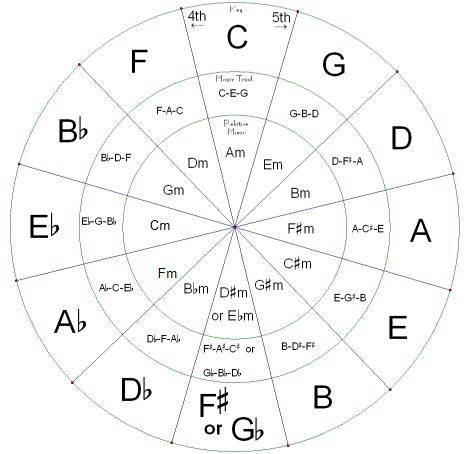I took my first electric guitar lesson with Jim Goelitz at Kagan & Gaines Music five years ago today on Wednesday, 25 June 2008. It has turned out to be a life-changing date. I’ve continued to take weekly lessons except when I’m out of town or when Jim is on vacation. When I started out, I had no idea where learning to play blues guitar might lead.
Learning to play the guitar turned out to be more challenging than I had imagined, but I also found that with each day I improved. I’ve always enjoyed learning new things and never found practicing a burden (just a challenge at times to fit in a busy day). Even when I felt frustrated learning a new chord or riff, I was encouraged by the knowledge that if I kept practicing I would eventually get the hang of it. And I always have–even if it took longer than I imagined it should have.
Almost two years ago on Friday, 29 July 2011, I attended my first weekly class with the K&G ensemble–ably led/taught by Jim Goelitz. Participating in that group has accelerated my learning process and expanded my skills in many ways. It’s also–as others in the group agree–the highlight of my week. Since I joined the group, we have performed in public six times. I would like to have more opportunities to perform and hope we can find some new venues.
It’s hard to describe what I’ve learned in the last five years. I’ve learned to play scales, chords, riffs and songs with increasing ease. I feel a much greater facility on the fretboard and an increased comfort level when playing with the group. I’ve long thought of myself as an introvert, so performing in public in front of people is quite a stretch of my previous identity. Performing is still a source of anxiety, but it has diminished considerably. Jim has often encouraged me to “dig in” and play with “more attitude,” especially when soloing. I’m working on letting go of my usual sense of restraint. I’ve come up with a new musical motto: “It’s Time to Get Nasty.”
I feel a sense of accomplishment with what I’ve learned in the past five years and have even begun to think of myself as a musician and a guitarist. Music is a lifelong path. I’m often reminded of how much I still want to learn and know that will always be the case. It’s one of the appeals of playing music.
